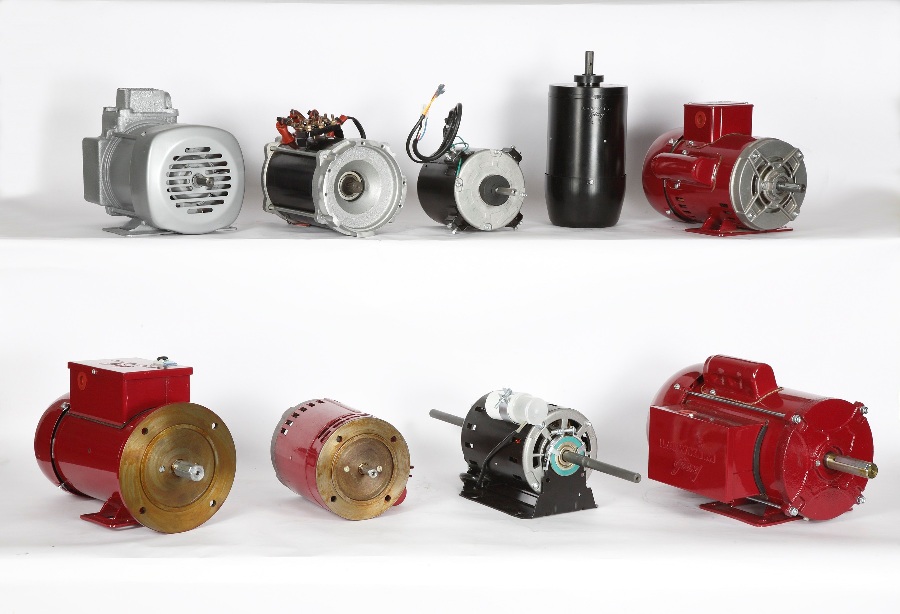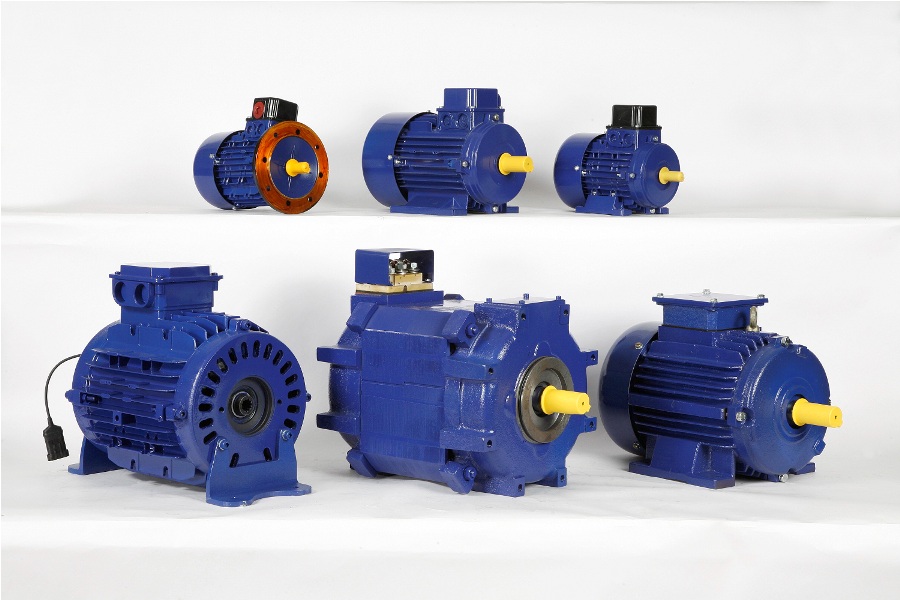India’s electric motor industry is predicted to record healthy profits in the near future, supported by the rapid expansion of the industrial sector in the country, notes Xercsis K. Marker.

With schemes like the production-linked incentive (PLI) and the phased manufacturing program encouraging indigenous manufacturing in appliances, the year 2022 witnessed a significant boost for the electronics industry.
India’s electric motor industry is predicted to record healthy profits in the near future, supported by the rapid expansion of the industrial sector in the country. With recent technological developments, there has been a growing desire among industrialized nations to move towards electronic switch motors to provide compact, low-maintenance motors that are ecologically friendly. The implementation of programs like Make in India, the Smart City Mission, AMRUT, and others by the Indian government has significantly contributed to the growth of the sector.
The market for electric motors in India is projected to expand at a CAGR of 11 percent from 2023 to 2028. Electric motors are responsible for a large portion of energy usage in industries, estimated at almost 40 percent. The market has been further augmented by the rising number of inventions by manufacturers of electric motors.
Industry drivers
The electric motor market is growing rapidly across the world due to a variety of factors. The increasing automation of industries and the advancements in technology are the main drivers of the market. The demand in the Indian market is spurred by heightened cognizance of energy conservation, greater adoption of electric vehicles, and an enhancement in the country’s industrial infrastructure. The expanding HVAC industry, speedy urbanization, and stricter rules concerning power utilization are also stimulating the market. Additionally, the trend of replacing gas turbines with electric motors in large industrial plants is driving the demand. Household appliance affordability is boosting the “Electric Motors for Household Appliances” business. Electric motor efficiency is required for industrial applications, line-operated three-phase motors with IE2 as the minimum standard, and several home appliances such as air conditioners and refrigerators. Such standards are still needed for a variety of additional uses, including commercial air conditioning, electrical/domestic appliances, and so on.
The palpable shift
Due to manufacturing constraints, the market for electric motors was hampered during the COVID-19 pandemic. Similarly, limited sales of products through retail outlets hindered the sales of goods using electric motors. As the economy recovered, the shift towards electric motors became increasingly palpable. The use of electric motors is expanding rapidly in many industries, including automotive, commercial, and industrial applications. Motors are used in many different industries, and the appliances industry is no exception. Electric motors are used to power and control a variety of appliances, from large industrial machines to smaller household items. Further, they are also being used in a wide range of commercial and industrial applications, such as elevators, conveyor belts, pumps, and other machinery. In addition, electric motors are quieter and produce fewer emissions, making them more environmentally friendly than traditional combustion engines. Finally, electric motors offer greater torque at lower revolutions, allowing for faster acceleration and improved performance. This shift towards electric motors is likely to continue in the future, as technology continues to improve and become more widely available.
 While there are many different designs with different operational and safety characteristics for electric motors, they can be divided into two broad categories — alternating current (AC) and direct current (DC).
While there are many different designs with different operational and safety characteristics for electric motors, they can be divided into two broad categories — alternating current (AC) and direct current (DC).
The primary difference between AC and DC motors is the power source, but they each have varied purposes and applications. AC motors are more suitable for delicate machinery that requires a sophisticated operation, whereas DC motors are better for more robust equipment with more straightforward control. For example, Brushless DC (BLDC) motors are widely used in applications such as ventilation systems, home appliances, refrigerators, water heaters, vending machines, and medical devices due to their small size, high output, low noise and vibration, and long life. Moreover, AC motors tend to be seen as having more strength due to their higher torque output.
Hermetically sealed compressors are widely used in refrigerators, air conditioners, and freezers. These are air-tight and ensure no leakage of the refrigerants or any fluid from the sealed system. Whereas, open compressors are more susceptible to leakage and need trained supervision all the time. The total market share for domestic refrigerator hermetic motors is about 47 percent, aircon hermetic is 20 percent, and commercial refrigeration hermetic stands at 90 percent.
Challenges
The price of raw materials such as permanent magnets, steel bars, copper wires, and precision thin metals such as specialty alloys affects the price of electric motors. Many of these raw minerals are sourced from China, Africa, and South America. In the electric motor market, the price of the product determines the dominance of certain suppliers. As a result, the associated price variations have to be borne by the market’s other manufacturers and suppliers.

The most immediate impact on electric motors that have already been contracted or are in the manufacturing process will be felt through supply chains. Due to economic downturns, greater inflation, and volatile energy prices, industry leaders anticipate delivery slowdowns. Manufacturing interruptions in China and the United States may add to the electric motors market’s slow growth over the next one or two years. Several countries’ currencies have depreciated as a result of inflation and the economic crisis. Supply and demand are misaligned, resulting in financial losses for component/part makers. Key components required in the manufacture of electric motors are often purchased in US dollars, resulting in higher component costs.
Opportunities
In the near future, growing robotics technology is projected to provide many chances for competitors in the electric motors industry. Robots are widely utilized in industries for simple repetitive activities, as well as in hazardous conditions involving direct contact with explosive chemicals and radioactive substances. This technology is employed for a variety of functions, including assembly-line operations, space exploration, military services, warehouse distribution, medical support, mine clearance, undersea exploration, duct cleaning, and commercialized agricultural activities.
PLI Scheme for the automobile and drones sector proposes financial incentives to boost domestic manufacturing of advanced automotive technology products and attract investments in the automotive manufacturing value chain. Further, The PLI Scheme will help in making India a globally competitive destination for electronics manufacturing and create domestic champions. The companies approved under the scheme are expected to bring in additional investment into electronics manufacturing of about Rs.110 billion (US$1.32 billion). Therefore, the demand for specialized and hermetic motors will see substantial growth considering the projected Investment.
Also read:SECI Invites Bids For PV Modules Under PLI Scheme (Tranche 2)
Conclusion
The future of Indian electrical and motor manufacturers is bright and filled with opportunities. With the right strategies and practices in place, manufacturers can take advantage of the growing demand for innovative and efficient products. The Indian Appliances and Consumer Electronics (ACE) market is expected to almost double in the next three years to around Rs.1.48 trillion by 2025, led by increasing domestic demand. India’s export share will more than double to 4.5 percent by 2031. This will further open a plethora of opportunities for Indian manufacturers to widen their horizons and tap into the market. PLI schemes will strengthen the component manufacturing base in India to reduce dependence on imports, thereby propelling the clarion call on ‘Aatmanirbhar Bharat’.
About the author: Xercsis K. Marker is Executive Vice President & Business Head, at Godrej Lawkim Motors.


